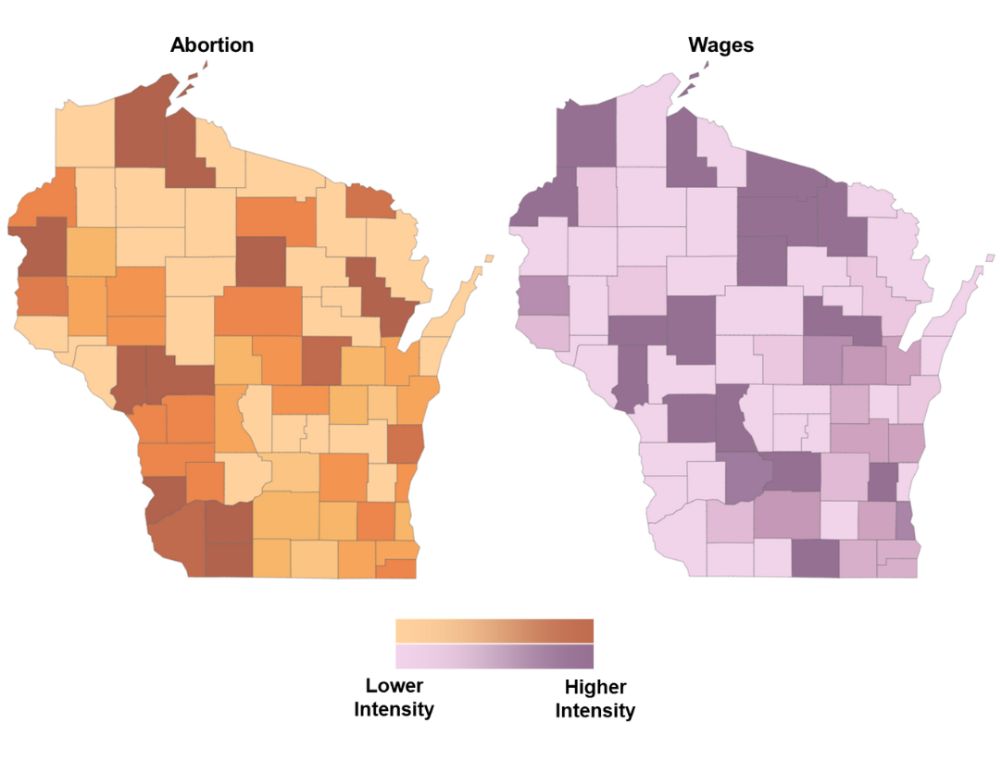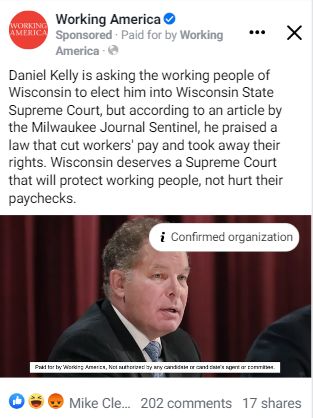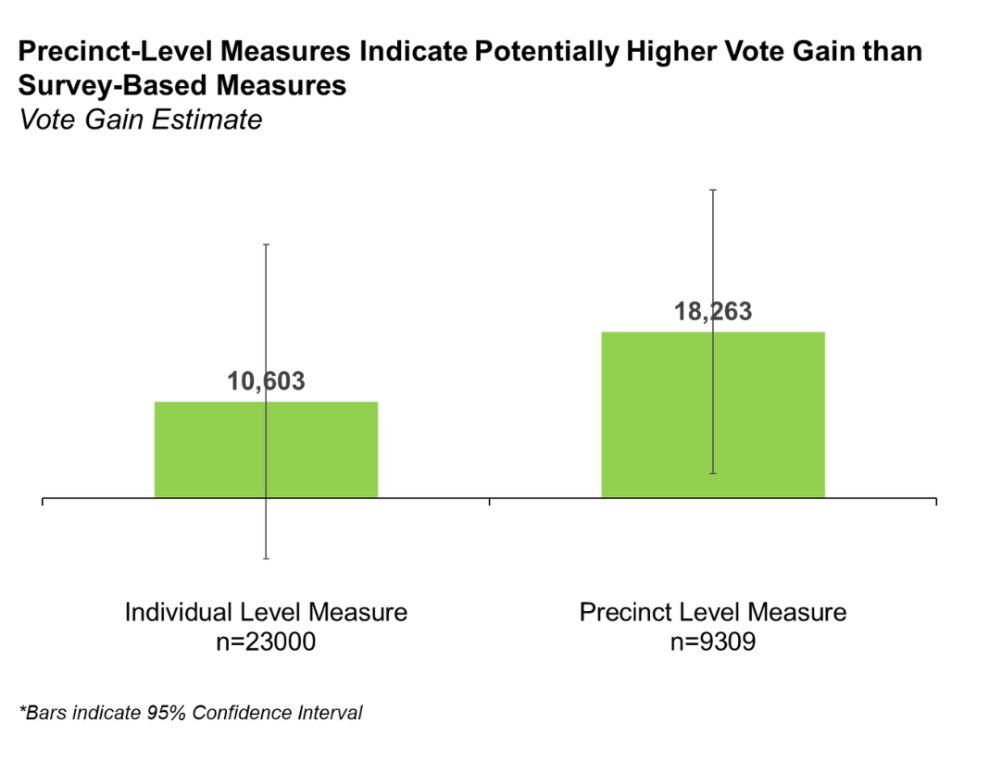Chip in Now to Stand Up for Working People
Working people need a voice more than ever and Working America is making that happen.
Working people need a voice more than ever and Working America is making that happen.
04/04/2023
The outcome of the Wisconsin Supreme Court elections between Liberal Janet Protasiewicz and Conservative Daniel Kelly (the race is technically non-partisan and candidates run on Liberal or Conservative lines) has an outsized impact on a personal and national scale – shaping the right to abortion, worker protections, and fair elections in a battleground state. The record spending in this contest has been focused substantially on motivating voters about abortion. We complemented that progressive community strategy by communicating to voters motivated principally by economic messages, while building learning vital to 2024.
Intensity of Voter Sentiment by County


Source: Sentiment Tracking Survey n= 4,220
Finding the Right Message
To find the messages most effective at reducing support for Conservative Kelly, we used the February primary election to run an innovative experiment. We focused on voters in the heavily conservative wards communicating about Kelly’s record on cutting wages and limiting worker rights.


To evaluate the effect we randomized voters both at the ward and individual levels – two concurrent measures – the ward measure reflecting the impact on the entire contacted population and any spillover to neighbors, and the individual measure helping pinpoint which types of voters shifted the most.


The primary elections measures were not statistically significant, but when viewed as part of the meta analysis of our prior concurrent ward (or precinct) and individual randomized controls, we found that the ward-level measures suggested that our digital programs generate votes at about 1.7X the rate indicated in survey measures, with even larger effects in geographies where Working America members are clustered. This learning needs replication, but it has a number of implications, not the least of which is a compelling confirmation that our current strategies are highly effective.


We scaled this communication for the general election based on the early promise. Should it prove persuasive, the implication is that we may be able to use primary contests in the future as effective testing opportunities to identify which conservative-leaning voters and messages are most effective at decreasing support for conservative candidates in the following general election.
Listening to Voters
Our community activists development program focused on identifying those willing to engage their existing networks on political and economic issues, and organizing them to action via live phone calls. In Wisconsin we focused on getting people willing to mobilize their networks to turn out to vote in this election, and, as you might imagine, the feedback is telling. When we started calling the list of progressive leaning voters the week of March 6th, most were unaware of the election. Starting March 23rd, the trend shifted rapidly, with the majority of voters reporting receiving some contact about the election and mentioned abortion and gerrymandering as their salient issues. Last week awareness about the race was nearly universal with high degrees of voter enthusiasm and some self-reported volunteerism (e.g. giving people a ride to the polls). We will measure the impact of this outreach and nearly a dozen other tactics following the election to help inform how we build programs in the state for the next two years.
Back on the Doors
In all of our organizing and measurement the most consistent thing we have seen is that Working America members are invested in our communication and respond to us. That is why we are so excited to resume canvassing in the state later this year. We start with a base of 112,729 Wisconsinite members organized over the last 15 years and plan to expand substantially ahead of 2024, when we will be able to help drive a significant impact. We will let you know when the office opens and are looking forward to sharing more of our plans for the next two years in future updates.
We use cookies and other tracking technologies on our website. Examples of uses are to enable to improve your browsing experience on our website and show you content that is relevant to you.